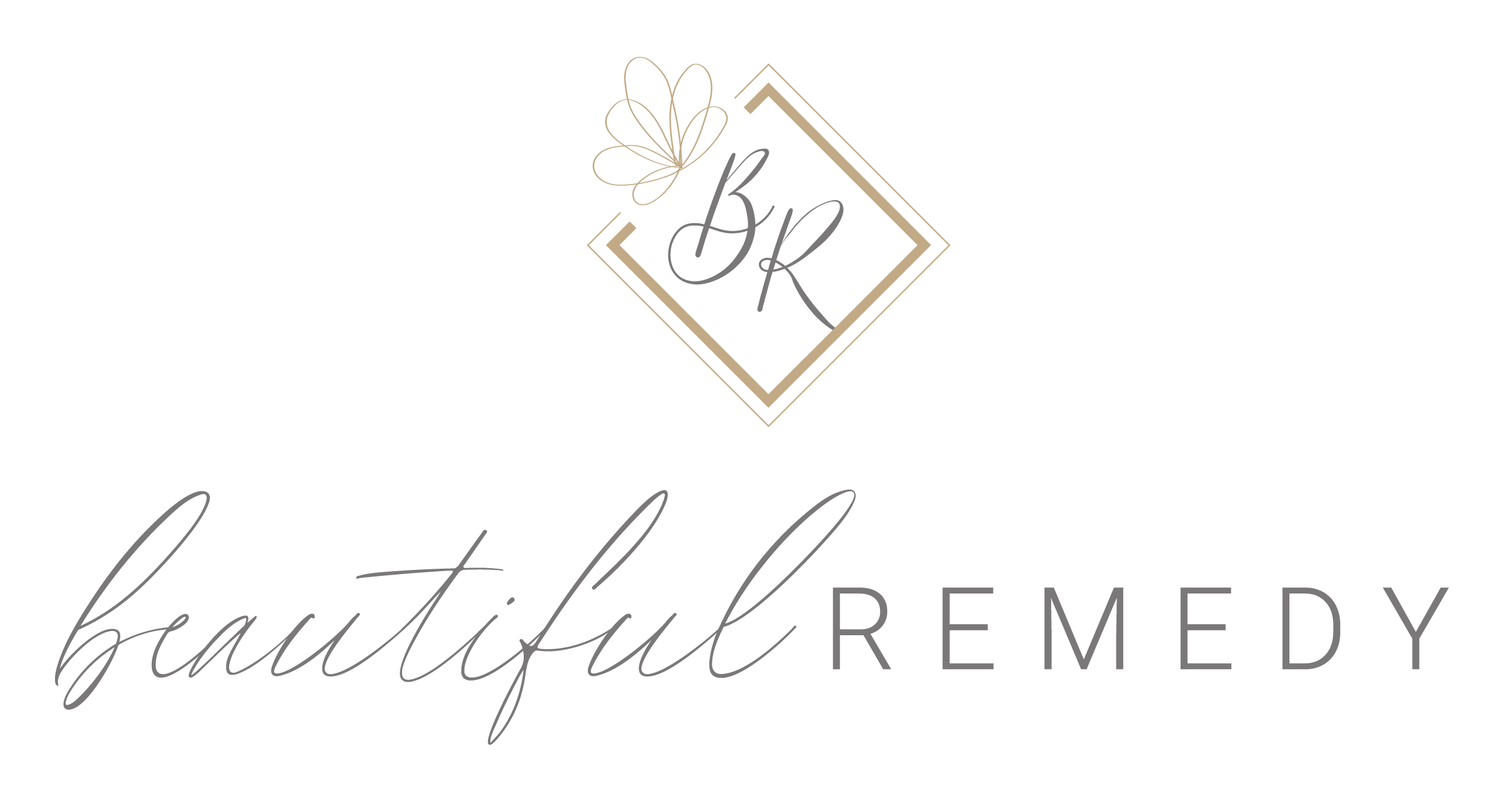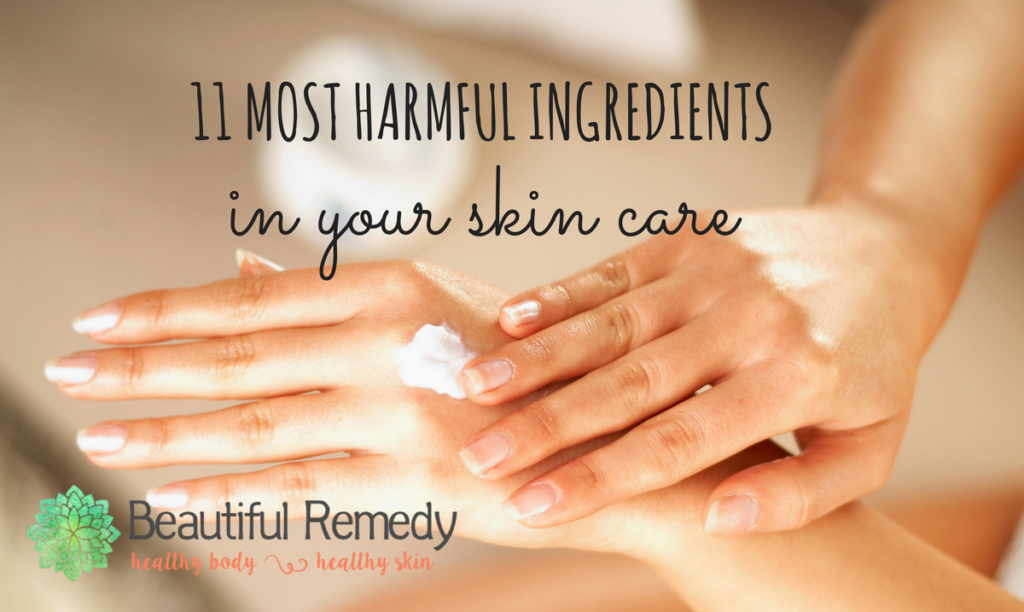What is in your skin care?
Choosing the right products for your skin can be daunting. Especially when the market is extremely saturated with choices. Products can range from inexpensive, drug store brands, to high end professional products.
We are influenced by the great marketing skills of skin care companies. Most of them are deceiving and do little to nothing for your skin, at all. Even worse, most products on the market are laced with harmful chemicals and ingredients that can be toxic to our body’s system and even disrupt our hormones.
You see, I believe in taking care of your skin the natural way. As close to the earth as possible. I believe in using skin care that contains only pure and natural goodness without the harmful chemicals.
Did you know, there are about 1,136 ingredients that are banned for use in cosmetics sold in the European Union? In the US, the FDA has only banned 11 ingredients for cosmetic use.
That is scary and the truth is, we need to do our own research when it comes to what products we are putting on our skin.
To give you a great start, here is a list of the
TOP 11 most harmful product ingredients
you should avoid at all costs:
#1 Parabens
Parabens are the most commonly used preservatives in the cosmetics industry. While they prevent mold, fungus and parasites from sprouting and growing in your products they consequently can be absorbed through the skin, and have often been found in breast cancer tumors!
There is a growing concern that excessive use of parabens may give rise to breast cancer in women and testicular cancer in men.
Look for and AVOID these ingredients:
- benzylparaben
- butyiparaben
- propylparaben
- methylparaben
- ethylparaben
- isobutylparaben
While parabens are commonly used, there are many wonderful products that are formulated without them.
Keep reading to find a few skin care companies that I trust!
#2 Formaldehyde releasers
Formaldehyde releasing ingredients are added to give products a long shelf life. The Environmental Working Group rates formaldehyde as a number 10 on their rating system. That’s their worst rating!
Formaldehyde is a known human carcinogen and can trigger allergic skin reactions.
According to NaturalNews.com, here are the top 4 formaldehyde releasers in skin care products:
- Quaternium-15
- DMDM Hydantoin
- Ureas
- Sodium Hydroxymethylglycinate
The International Agency for Research on Carcinogens (IARC) has classified formaldehyde as ‘carcinogenic to humans’. The U.S. National Toxicology Program has documented that ‘Formaldehyde is known to be a human carcinogen based on sufficient evidence of carcinogenicity from studies in humans and supporting data on mechanisms of carcinogenesis.’
In my opinion, anything that is carcinogenic is to be avoided. Wouldn’t you agree?
#3 Fragrance
Federal law doesn’t require companies to list on product labels any of the chemicals in their fragrance mixture. This is how companies may easily hide harmful ingredients or claim to have a “secret” formula.
Fragrances can contain hormone disrupting ingredients and have been associated with allergies, dermatitis, respiratory distress and potential effects on the reproductive system. Most of all, Fragrances are among the top 5 allergens in the world!
Also, hidden among the “fragrance cocktail” is a harmful ingredient called Phthalates.
A study done by the US Centers for Disease Control, found a trace of phthalates in every single person they analyzed. This is a problem because phthalates – which are used in cosmetics and in many plastic objects – have been found to act as a hormone disruptor and is linked to reproductive defects, insulin resistance and developmental problems in children.
Stick to products that are scented with pure therapeutic grade essential oils, natural fruits and herbs instead.
#4 Hydroquinone
This is a skin bleaching agent that is used to lighten pigmentation on the skin due to sun damage or hormonal changes. It is banned in Europe and is highly irritating causing contact dermatitis, allergic reactions, respiratory issues and may be a carcinogen.
There is strong evidence that it causes damage to skin and weakens collagen and elastin. (R) As our skin ages, this is the LAST thing we want, right?
Hydroquinone is easily absorbed through the skin and carried systemically in measurable amounts appearing in urine after topical application. Blood cell toxicity and leukemia have been associated with hydroquinone absorbed throughout the body. (R)
The National Toxicology Program reports an interesting case:
The case involved a 30-year old woman who had used two skin bleaching creams containing hydroquinone for approximately 4 years. The woman had weakness, a burning sensation, loss of deep tendon reflexes, and impairment of deep sensation in her lower extremities, along with very low blood pressure. After 4 months of no skin bleaching cream use, symptoms disappeared (Karamagi et al., 2001).
Safer choices: Start with PREVENTION – sun protection. Gentle acid or enzyme peels work well to lighten pigmentation as well as non-toxic lightening serums.
#5 Benzoyl Peroxide
This ingredient is unfortunately the most commonly used ingredient for the treatment of acne. ProActiv, a popular acne product line, states this on their website:
“Benzoyl peroxide is widely known as one of the best anti-acne treatments because it starts killing bacteria on contact in the pores.”
What they don’t mention is that benzoyl peroxide is highly irritating and will strip your skin of its natural oil production and wipe out the beneficial microbiome. Prolonged use can age your skin much quicker. It also leaves your skin more prone to sun damage.
Benzoyl peroxide has been linked with the promotion of tumor growth and produces toxic effects in the body simply through inhalation.
The Citizens for Health website states: “benzoyl peroxide is a free radical-generating, skin tumor promoting agent.”
Furthermore, Benzoyl peroxide is known as a skin, eye and respiratory irritant AND is extremely toxic if you swallow it. Awful!
Safer choices for acne: Salicylic Acid, fruit enzymes, alpha-hydroxy acids, pure therapeutic grade essential oils, DIET.
#6 Triclosan
Technically a pesticide, triclosan is a popular ingredient in just about any product claiming to have antibacterial properties.
On September 06, 2016 the FDA announced that Triclosan and 17 other OTC chemical ingredients are banned in the US for antiseptic products like hand soap and body wash. FINALLY!!!
However, Triclosan is still permitted to be used in many personal care products. It is found in popular products such as Old Spice and Arm & Hammer “natural” deodorant, Avene after shave balm, Colgate Total Advanced Toothpaste, AHAVA masks and moisturizers, and much more! (R)
Experts say widespread use of this chemical could give rise to harmful bacteria called “superbugs” that are resistant to antibiotics .
Triclosan is also considered a hormone and thyroid disruptor, as well as, bad for the environment. Ironically there is a real “dirty” background for an ingredient that boasts in cleanliness.
#7 BHT (Butylated Hydroxytoluene) & BHA (butylated hydroxyanisole)
These two ingredients are used as a preservative and stabilizer in skin care products. Both can cause contact dermatitis and skin allergies. (R)Studies show BHT can cause certain types of cancer and tumor production. (R)
The European Commission on Endocrine Disruption has determined that there is strong evidence that BHA is a human endocrine disruptor. (R)
More concerns of these ingredients are irritation to the skin, eyes and lungs as well as organ system toxicity (non-reproductive).
#8 Petrolatum
Petrolatum is a semisolid mixture of hydrocarbons obtained from petroleum. This is the same substance in which motor oil is made! It is also known as Xylene, Toluene, Mineral oil and Liquid paraffin.
It is classified as “expected to be toxic or harmful” by the Environment Canada Domestic Substance List (R)
In addition, Petrolatum is known as a probable carcinogen because of the high possibility of contamination with carcinogenic materials or ingredients.
Instead of using a petroleum based product to help heal cuts and burns, try a safer choice like Honest Company Healing Balm, or make your own Owie Spray with coconut oil and pure therapeutic grade essential oils. See the recipe HERE.
#9 Methylisothiazolinone (MIT)
Trying to pronounce this word is like trying to speak the elvish language from Lord of the Rings. Good luck!
This ingredient is a widely-used preservative. It has been associated with allergic reactions and is highly irritating to the skin.
Furthermore, Studies show MIT may be a neurotoxin to the brain. (R)
All I can say is, YUCK. I would rather not have this ingredient in my skin care.
#10 Oxybenzone
This is a popular sunscreen agent and ultraviolet light absorber in many sunscreens. It has been linked to irritation, sensitization and allergies and may disrupt the hormone system.
The crazy thing is, this chemical absorbs through the skin in significant amounts. According to research by the Centers for Disease Control and Prevention, it contaminates the bodies of 97% of Americans! (R)
Oxybenzone is linked to irritation, sensitization, allergies, endocrine disruption, and organ system toxicity.
Safer choice: Choose an all mineral sunscreen with Zinc Oxide and Titanium Dioxide. I like Devita’s Solar Protective Moisturizer or Annmarie’s Sun Love.
#11 Artificial Dyes and Synthetic Colors
Most are made from coal tar which is carcinogenic and likely to cause skin sensitivity and irritation.
An article by annmariegianni.com states that these ingredients may contain heavy metal salts like arsenic and lead that can deposit toxicity onto the skin.
“These toxins and chemicals increase your risk of skin sensitivity and irritation, and are known for blocking pores and increasing the risk of acne breakouts. If they’re included in products you leave on your skin, such as moisturizers and masks, they may be absorbed into your body where they can cause additional damage.” -annmarie
So, how can you avoid artificial dyes & colors? Check the ingredients, it will be listed beginning with FD&C or D&C. Instead, look for products that use pure mineral colors or natural pigments from fruits and vegetables.
I hope this list will give you a good start to healthy skin WITHOUT the harmful toxins.

In conclusion, I challenge you with this task: Go through all your personal care products and makeup and toss those that contain any one of these ingredients. You may be thinking, “Well, I will at least use it up first, I paid money for these!” That’s totally up to you. My advice, just close your eyes and TOSS IT. Rather than slathering harmful toxins on your skin, simply replace it with clean products. Your skin will thank you and your body will be much healthier as a result.
Finally, here are a few of my favorite skin care lines that I absolutely love!
- Annmarie Skin Care (Their facial oils are the BEST!)
- Devita Skin Care (My favorites are the Aloe Vera cleanser and the Nutritional evening moisturizer)
- MyChelle dermaceuticals (I am in love with their sugar cleanser, pumpkin cleanser, Apple brightening serum, and fruit fiesta peel)
What harmful personal care product have you replaced recently? I would love to know!
Posts may contain affiliate links. If you purchase a product through an affiliate link, your costs will be the same but Beautiful Remedy will receive a small commission. This helps cover some of the costs for this site. We appreciate your support!


Thank you for posting this list of harmful ingredients! I copied them down to a handy place on my phone for when I go shopping! I can honestly say that, after going through my cosmetics, I’ve thrown away about 70%! 😱
I am glad you find this useful. Great idea to keep this list handy when you shop for your personal care products. 🙂